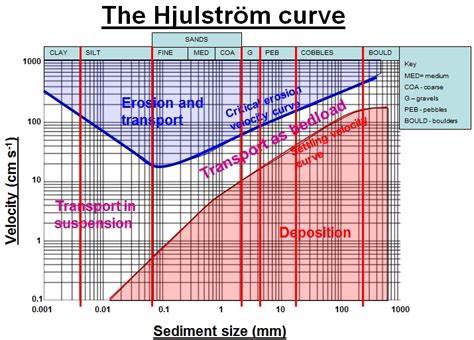Daverw
Well-known member
This is one of the reasons the upper Humber has to be respected and local knowledge vital, both crew taken off by Humber rescue but yacht sank on rising tide. This mud bank in middle of river about 1 m under at high water
Even commercial vessels get caught this way from time to time. The steep sides of the channels in the Humber don't take prisoners.This is one of the reasons the upper Humber has to be respected and local knowledge vital, both crew taken off by Humber rescue but yacht sank on rising tide. This mud bank in middle of river about 1 m under at high water
The Humber is a place where a plotter might lead you astray. The channels can change very quickly so your chart electronic or otherwise - might well be incorrect, even if fully corrected. Follow the buoys; they're repositioned as required, and so much more likely to keep you out of harm's way. And even then, watch out for the unexpected! I sailed there in my earliest "big boat" sailing days and wouldn't go back there from choice!People say that the Thames estuary is a difficult place to navigate. I do not find it so challenging. But many years & many groundings have taught me how to handle it. - Carefully & with respect--
However, on my 2 round UK trips, I found the Humber quite difficult. It was the hardest part of the whole trips. More so, due to the high traffic volume that I encountered & the fact I arrived at night. The first time without a plotter of any sort. Even with one the second time , I still used a chart as a preference to enter the river & depart. Not the sort of place to be careless.
That really sums up why I used the charts. I am used to echo sounder & compass. So this was much easier than staring at a screen. The plotter had already led me to hit a rock in Ardglass.The Humber is a place where a plotter might lead you astray. The channels can change very quickly so your chart electronic or otherwise - might well be incorrect, even if fully corrected. Follow the buoys; they're repositioned as required, and so much more likely to keep you out of harm's way. And even then, watch out for the unexpected! I sailed there in my earliest "big boat" sailing days and wouldn't go back there from choice!
Not bricks . Layers of mud.It can hardly be new there is a substantial amount of brickwork in it. So what actually is it?
Yes - classic sedimentary deposition. Humber mud is generally hard, and readily forms steep banks at the edge of channels.Not bricks . Layers of mud.
Not stone - merely mud that has been deposited and then partly dried out between tides, and somewhat compressed by overlying sediment. You could dig it with a spade, but it's solid enough to form a steep bank. It's properties derive from the proportions of silt and clay minerals; mud varies enormously in it's composition and physical properties, from semi liquid to pretty solid. Humber mud is at the solid end of the scale.If they are mudstone they have taken more than a few years to build up and solidify.
Thanks - that's a useful diagram. I note (for completeness) that the mineralogy of the sediment also has an effect; clay minerals are more likely to flocculate and cohere than quartz sand or silt, introducing some hysteresis into the erosion/deposition regime - once deposited, it will take a higher current to erode the deposit than the current that deposited it. That's why I mentioned the geology of the source areas of the rivers entering the Humber - there will be a high proportion of clay minerals in the sediment, but still a significant proportion of quartz grains (I once spent a night on a sandbank at Trent Falls, with miles of lovely clean sand around us!)RE AP's helpful reply. Below the Hjulstrom 'curve' which, as you might expect shows that clays and silts are more readily transported than sands and require calmer water speeds to be deposited. Importantly, once deposited they typically require higher flow velocities than a sand to erode them (the blue area), with erosion of a clay requiring as much energy as a cobble.... hence a mud bank can be a more permanent feature than a sandbank...
